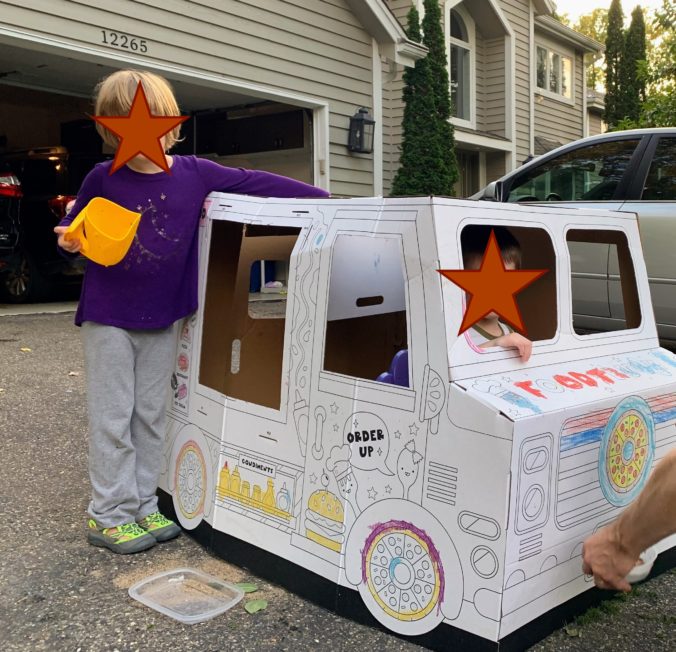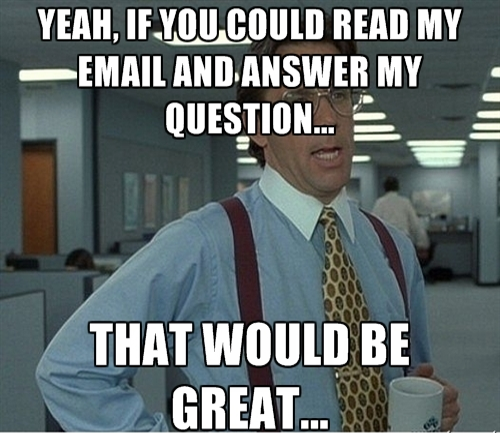It’s time to play catch up. As I write this it is October 27, 2022 – Week 23 of my sabbatical. Yet I’m only now compiling my notes from Week 15, the week of August 22.
When I set out to write this weekly log of my experiences and thoughts during my sabbatical, my vision was that it would be a fun, manageable project to catalog each week’s happenings and insights. It has become a burden that weighs on my shoulders. Ever since our two-week trip to Canada, I had felt like that experience was so important that it deserved extra attention in the blog. I allowed the Week 12-13 blog entry to take a lot of time, and it has now put me in a position where I’m a full two months behind writing about this sabbatical. I continue to take weekly notes as my life unfolds, but it loses a little something when I sit down to actually write about those notes weeks afterward. The potency of my emotion lessens.
So, I have decided to play catch up, to accept the next few week’s worth of sabbatical blog posts will just not quite have the polish on them that I’d like. It’s more important to me to get caught up and back on a regular cadence of cataloging and publishing as it happens. In the long run I will be more happy with that, and this whole thing is really for me, after all!
With that, here are some notes from Week 15.
Without making any attempt to do so, I’m back into work. Not exactly, but work has found me. It’s wild that the purposeful act of avoiding work has brought a golden opportunity to my front door. How could I say no to a chance to, once again, be in business with my best friend? (We worked on a startup together in our twenties.) And this time around, my exact expertise is the thing he needs help with most. In the coming weeks, I’ll be taking my first crack as a media consultant for a local business. I spent seven years working at a TV station selling TV and digital advertising to businesses and ad agencies. Now I get a chance to be the ad agency. Looking forward to seeing how this goes!
In other news, I have a story to share, but in order to appreciate the following story you need one point of backstory, which is that our kids refer to one of their grandmothers as “Babi.” File that little nugget away. Now, one of my kids and I were lounging in the hammock while the other kid was rolling serviceberries down the slide and Kristyn was inside, in her happy place, uncovering the secrets of the universe by contemplating the intersections of attachment theory, collapse awareness, Tarot, and the Tony-award-winning broadway musical Hadestown. My kid and I were discussing the Bear Paw campground we’d be visiting soon at Itasca State Park, and I clarified it wasn’t that there are real bear paws in the campground, but that it’s just the name of the campground. But, perhaps there’s a chance we’d see a bear; we are traveling 3.5 hours north after all. “What would you do if we saw a bear, Dad?” That depends on the type of bear. “If it was a grizzly, I’d back away slowly. But if it was a black bear, I’d make lots of noise to scare it off…” and so went an impromptu lesson on bear encounter etiquette. (Thanks to the TV show Alone for the assist on upping my bear encounter knowledge!) And as our conversation about bears came to a close, my kid asked, “Dad, what if there were wolves on one side, hyenas on the other side, and a grizzly bear behind? What would you do then?” As I gave a serious ponder to this question with a deep breath, before I could exhale she chimed in, “… Would you call for Babi?”
The final gem of a moment this week came when some friends of ours came to our house with their two kids for an afternoon of play and relaxation. I had already seen the man of this family earlier in the week, but when they unloaded from their vehicle he greeted me with a sincerely stated, “Man, the days are treating you well.” An enthusiastic embrace followed. I have to say, this was a fantastic way to be greeted. I felt… seen. This feeling of being seen as someone who is in their element, or in a groove, or happy and at peace with the moment, or however it was he meant that… it made me wonder what it was about my presence that made him say that, and it made me feel great about myself. It’s amazing what a few simple, heartfelt words, said aloud, can do to improve someone else’s life. I shall utter such words more often henceforth.
Oh, and our kids built, colored, and played restaurant in a paper food truck all afternoon. The adults “ate” many sand pies, stick stews, and mud cakes. Good times.


